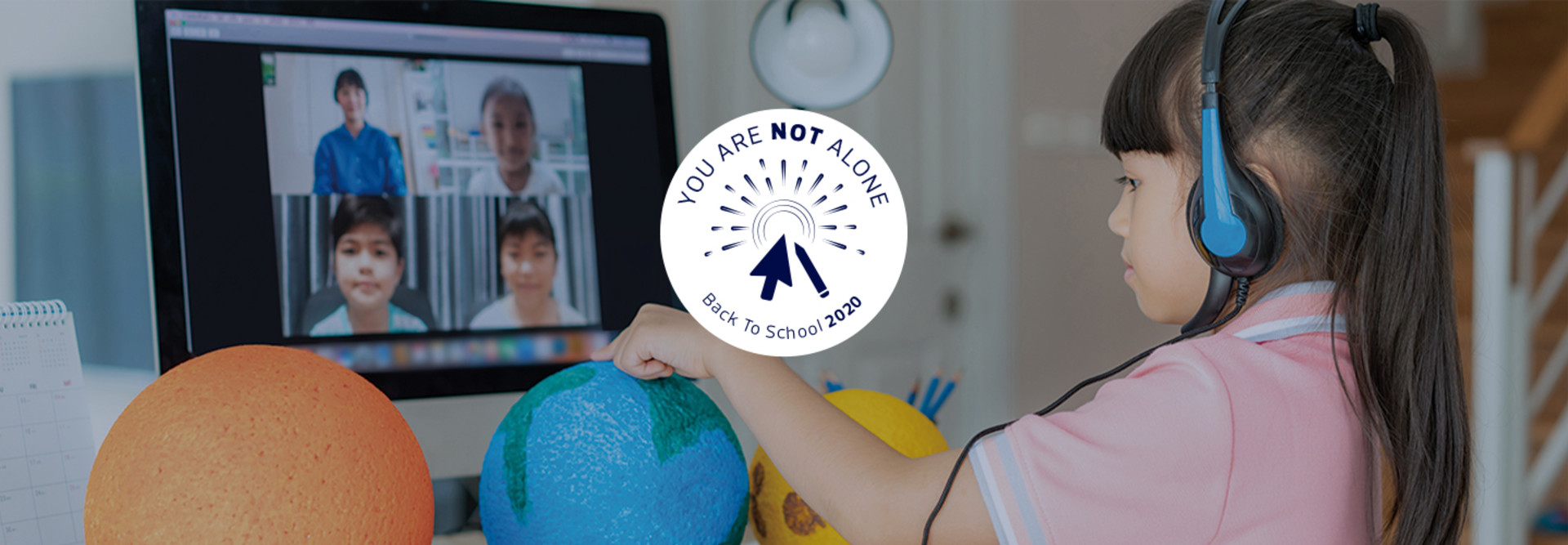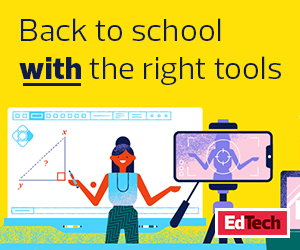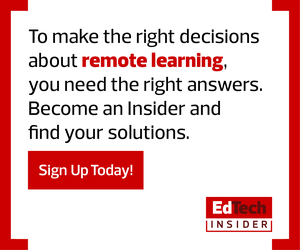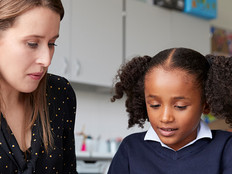Bruce Friend, previous COO of education organization the Aurora Institute, tells Education Dive that the pandemic was an eye-opener for many districts. “Districts now will understand that creating online and blended environments can no longer be just a luxury. They’re going to have to be prepared for it,” he says.
Blended learning isn’t a new approach. In fact, it has only gained popularity over the past few years with the influx of new technologies in schools, according to the Consortium for School Networking’s 2019 “Driving K-12 Innovation: Tech Enablers” report. Through this approach, educators can better personalize learning for students, enhance engagement and communication, and teach concepts more effectively and efficiently.
However, questions around blended learning still abound, particularly for districts looking to implement it on a larger scale as a permanent program. There’s plenty to think about — from which approach would best meet the needs of students to what tools need to be in place before rolling it out.
DISCOVER: Learn how to get started with blended learning.
The Types of Blended Learning You Should Know About Today
The concept of blended learning is fairly simple to understand.
It’s an instructional model in which students learn partly online and partly in a brick-and-mortar setting through an integrated learning experience, explains Thomas Arnett, senior research fellow in education for the Clayton Christensen Institute, a nonprofit think tank that’s been at the forefront of blended learning research. “It gives them more control over the time, pace, path and place of their learning,” he says.
But there are numerous ways in which schools can implement blended learning, depending on factors such as their goals, classroom design and technology use, according to Blended Learning Universe, a comprehensive resource hub curated by the Christensen Institute.
For example, a station rotation model, where students essentially move between learning stations — one of which involves student-led online learning — might be the right fit for schools that want to give students more control over their learning pace and path but have limited classroom space and devices.
In some learning models, online learning acts as a supplement to conventional instruction, while others make online learning the backbone of it, Arnett says. The latter, which includes the enriched virtual model, is often more difficult for schools to implement under normal circumstances because it requires a bigger shift in curriculum, technology and professional development. But it could be part of the answer to reopening schools safely.














